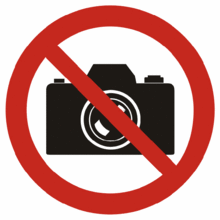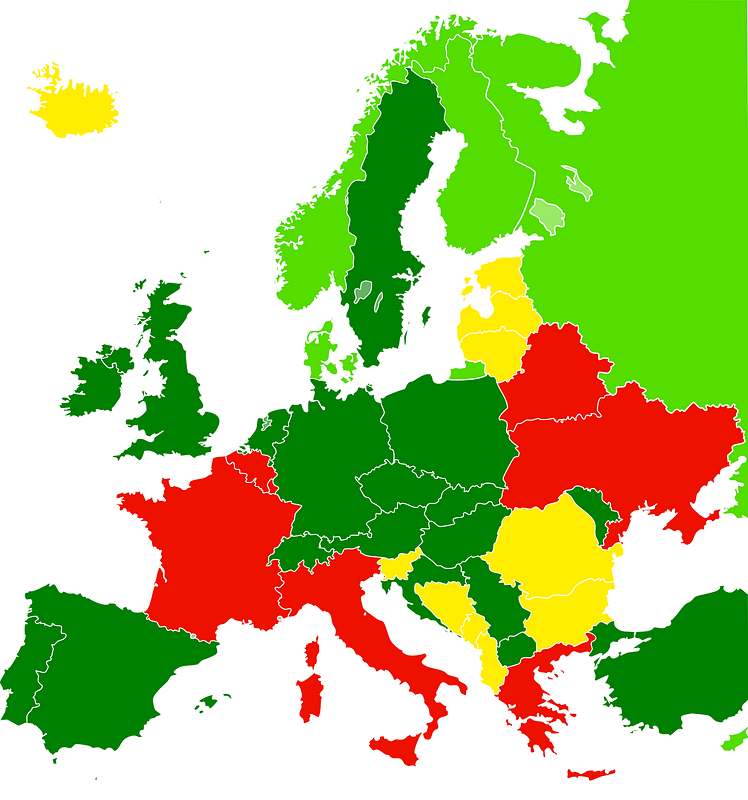Phonographic Performance Limited v Fletcher is an extempore ruling by Mr Justice Arnold, sitting in the Chancery Division, England and Wales, last Monday; being extempore it isn't available on BAILII but it was noted in brief on the subscription-only
Lawtel service. It's one of those rulings that reflects on the sad end which some defendants face when they just keep carrying on infringing, ignoring every cue to stop.
In these proceedings Phonographic Performance Limited (PPL), a UK music licensing company, applied to commit Fletcher for contempt of court, following his breach of an order prohibiting him from playing sound recordings without a licence at a nightclub. Fletcher himself was the premises licence holder of a night club. Despite PPL's warning, Fletcher did not take out a licence to play music the rights to which were administered by it. PPL then applied for judgment in default for copyright infringement, securing an injunction that ordered Fletcher not to play PPL's songs in public without a licence. At this point Fletcher agreed to pay the outstanding licence fees by monthly instalments -- but then he defaulted on payment. Subsequently allowed to make weekly instalments, he paid them late. PPL even reduced the weekly amount that Fletcher had to pay, but he still only made sporadic payments. An investigating agent for PPL then discovered that Fletcher was still playing its recordings at the nightclub, in breach of the injunction. Fletcher conceded that he was indeed in breach of the order. But what was to happen to him?

Fletcher said that he had had cancer and was suffering from anxiety and depression, and that his mother had recently died. Further, that the basis of the contempt application was solely that he had played the music in public on one single date, and that it was not a repeated and prolonged contempt. PPL was not particularly sympathetic, submitting that there had been a long history of failures by Fletcher, and that it was also entitled to damages in respect of his copyright infringement.
Arnold J granted PPL's application to commit Fletcher for contempt. In his view:
* even taking Fletcher's pleas in mitigation into account, PPL's evidence established not merely a single breach but a sorry history of failure by Fletcher -- first to obtain a licence and then to adhere to payment for the licence fee. That had to be taken into account.
* the contempt committed could only have been deliberate. Although this was a first offence and a single allegation, the threshold for imposition of a custodial sentence had been crossed, though an immediate one was not appropriate.
* Fletcher would be sentenced to 28 days' imprisonment, suspended for 12 months, on condition that he stopped infringing PPL's copyright.
* where infringement was established to the standard required to support an application to commit for breach of an injunction, there was no arguable defence to the copyright infringement claim and the court could order damages.
* under the
Copyright, Designs and Patents Act 1988 s.97 the court could summarily assess damages and, on this basis, PPL would be awarded the outstanding sums due to it for licence fees up to the date of the contempt of court application. PPL was also awarded a further £6,000 in damages and interest, and Fletcher would have to pay the costs of PPL's application on an indemnity basis.
It's not just sad that people help themselves to other people's copyright for income-generating activities such as running night-clubs; it's close to tragic that they inflict further cost and liability upon themselves, at their own expense and to no discernible end, when all that was needed was the payment of a licence fee in the first place. It would be good to understand what causes such self-destructive impulses in the hope that a better way might be found of dealing with them.
 Michael Huppe, chief executive officer and president of the sound recording rights collection society SoundExchange said: “While it unfortunately required a lawsuit to make SiriusXM do the right thing, we are pleased that these legacy artists are finally getting the respect – and compensation – they deserve for the use of their music.
Michael Huppe, chief executive officer and president of the sound recording rights collection society SoundExchange said: “While it unfortunately required a lawsuit to make SiriusXM do the right thing, we are pleased that these legacy artists are finally getting the respect – and compensation – they deserve for the use of their music.






 To
emphasise how boring life would be without images from our built
environment, this blog posting contains no pictures of buildings.
To
emphasise how boring life would be without images from our built
environment, this blog posting contains no pictures of buildings.





















